Braskem
-
Europe & Asia
- Worldwide Sites
- Brazil
- Mexico
- United States
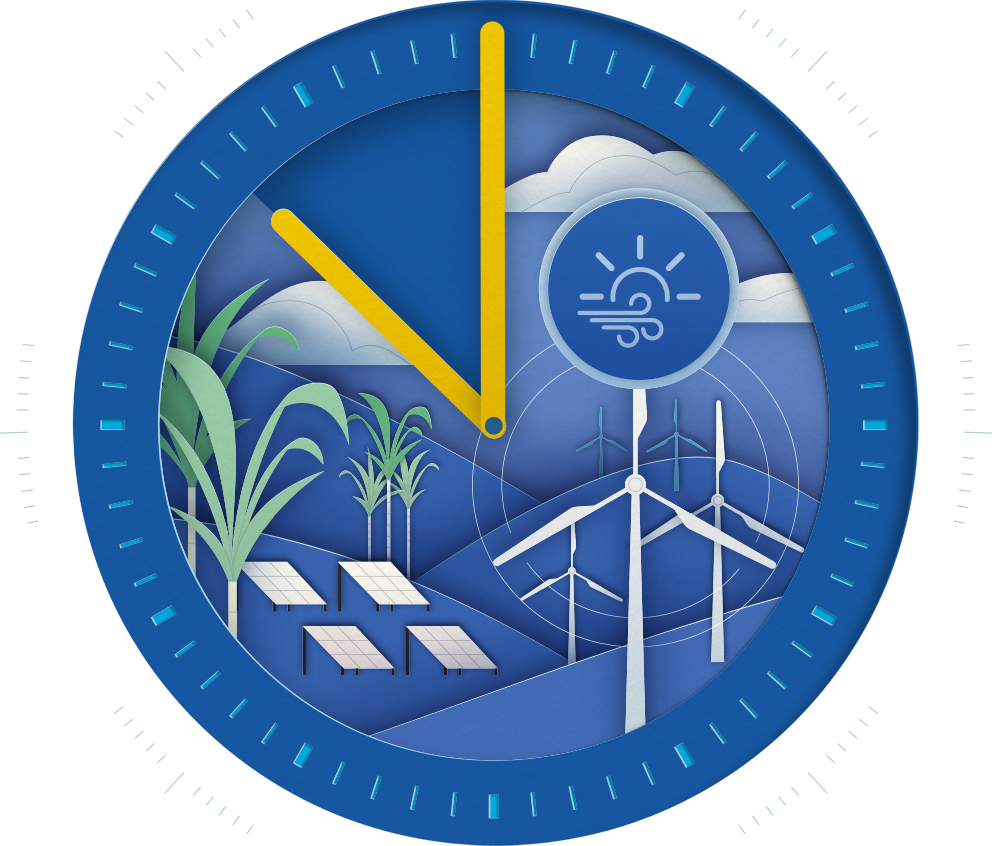
Our ambition is to be among the global petrochemical leaders in Greenhouse Gas (GHG) emissions and a key player in carbon capture through the production of materials with renewable, biobased raw materials. By 2030, we seek to reduce scope 1 and 2 greenhouse gas emissions by 15%; and to achieve carbon neutrality by 2050.

We reduced the intensity of greenhouse gas emissions by over 17% between 2008 and 2020. Achieving 94% of our long-term goal for climate change, planned for 2020. This reduction avoided the emission of nearly 30 million tons of CO2 equivalent to planting more than 200 million trees.
We have adopted a number of actions to encourage energy efficiency and the use of renewable energy sources. As a result, over the last 13 years, we have been able to reduce CO2 emissions by around 17%. This effort will support meeting our 2030 intermediate goal of reducing total greenhouse gas emissions by 15 percent from the baseline of 10.8 million in 2019 to 9.2 million tons of CO2.
Our emissions compensation strategy is tied to the use of renewable raw materials as part of our portfolio. Since 2010, over its 10 years of existence, I’m green™ has avoided the emission of at least 5.54 million tons of CO2, which is equivalent to more than one year of automotive emissions in the city of São Paulo. It is worth noting that the sugarcane resin produced still captures up to 3.09 tons of carbon dioxide during its production process, contributing twice to greenhouse gas emissions and maintaining the same performance as conventional resins.
To meet the growth in the demand of society and our partners for sustainable products, which has increased considerably in recent years, we recently announced a US$ 61 million investment to expand our biopolymer production. We will increase our production capacity for green ethylene, produced by the Triunfo industrial unit in Rio Grande do Sul, which will go from 200,000 to 260,000 tons per year. The project, which aims to maintain Braskem as a leader in the biopolymer market, will be started in 2021 and should be finalized in the fourth quarter of 2022.
Based on our commitment to sustainable innovation, we have established a partnership with the University of Illinois, in the United States, to research alternatives for the development of ethylene from the capture and use of carbon dioxide (CO2) in industrial processes, especially burning fuel. The project is in its initial development stage and our mission is to add our know-how in marketing raw materials and polymer production. The final goal is to evaluate the possibility of capturing and converting the CO2 emitted in our operations into raw material for polymer production.
In 2014, we developed a study to identify opportunities and climatic risks in 100% of our operations. Based on this, we created an adaptation plan with actions to mitigate or reduce all major potential climatic risks. Our goal is for all actions to be implemented by 2023.
In 2020, we reached 72% compliance with our Adaptation Plan, with emphasis on the completion of actions related to the threat of strong storms/electrical discharges in all units, the potential impact of greater mapped coverage (in terms of the number of operations impacted).
As next steps involves a residual risk reassessment planned for all potential threats with 100% of the actions completed, thereby strengthening the company’s resilience against these potential extreme events.
As part of this plan, we have the goal of ensuring that all water used by Braskem comes with low supply risk. Given the challenging global scenario – the water risk assessment highlighted severe droughts as being the highest potential risk in Brazil – these assessments are performed periodically and consider the quantity and quality of water required for the operation of all its plants by region. We currently have a water safety index of 83%, with only 18.6% of our water consumption coming from sources of high or very high water stress.
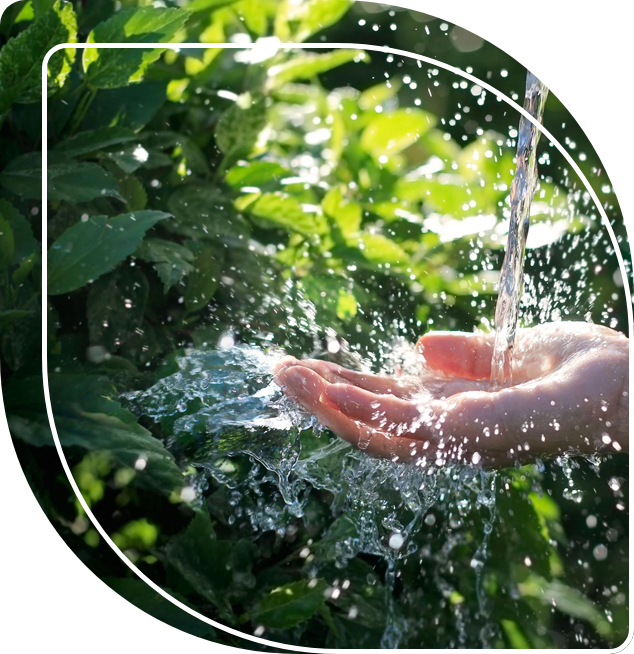
Since 2016, we have implemented the “Shadow Price” Internal Carbon Pricing methodology, with a targeted approach to risk management and in the evaluation of opportunities in our investment decision-making process. In 2020, based on learnings from the application in Brazil, a marginal abatement cost curve (MACC) was built with all potential mitigation initiatives or those being implemented. Based on this analysis, a carbon price update was performed, and a global pricing strategy was defined based on an “Implicit Price”, with coverage in 100% of operations in all countries that operate.
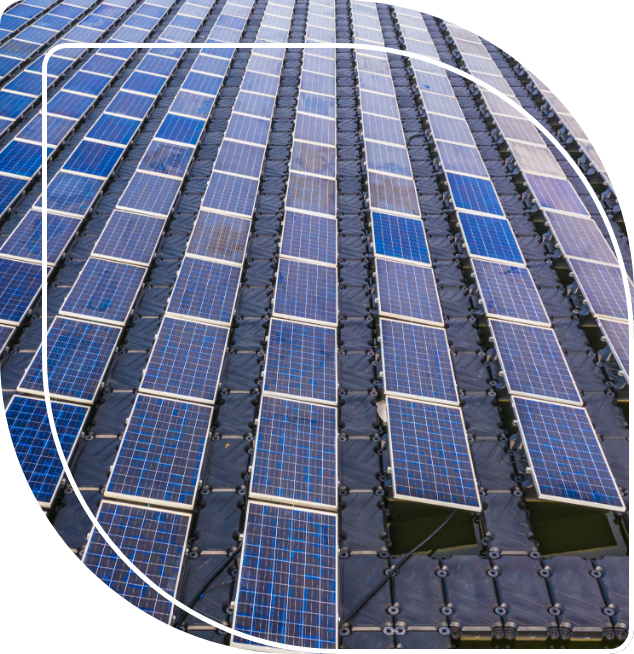
In 2020, we entered into 2 contracts for the purchase of solar energy in the next 20 years with the French multinational Voltalia and with Canadian Solar Inc. Both contracts were established through competitive processes and will enable the construction of solar plants in Rio Grande do Norte and in Bahia, respectively. Since 2018, there have been four signed renewable energy purchase contracts and, with this, Braskem estimates avoiding about 1.5 million tons of CO2 emissions.
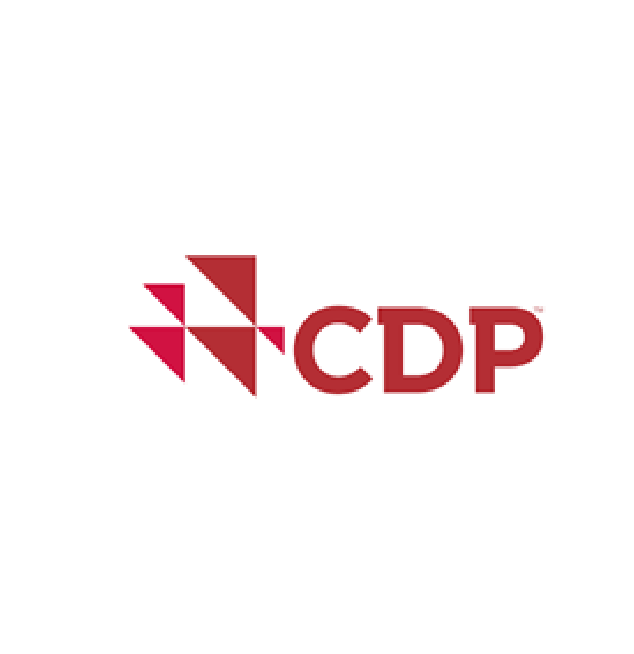
We continue to lead the CDP Climate; In addition, we are also leaders in the CDP Supply Chain Water and Climate (A list), which points out the companies that best engage their procurement chains.
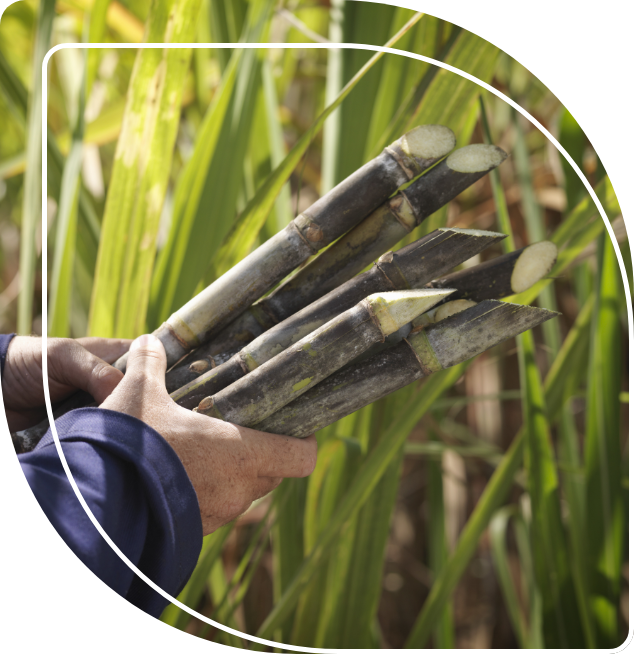
We announced the expansion of our production capacity for green ethylene, a raw material produced from sugarcane ethanol and used for the production of I’m green™, a renewable resin that captures CO2 from the atmosphere. The current production capacity of the industrial unit, in Triunfo, in the state of Rio Grande do Sul, will increase from 200,000 tons to 260,000 tons a year of this product. The expansion project has a budget of USD 61 million and should be completed by the fourth quarter of 2022.